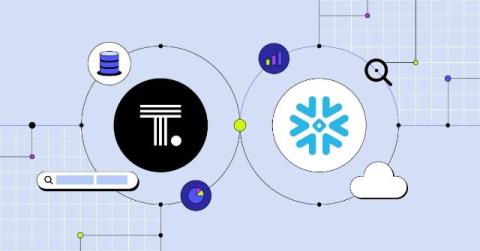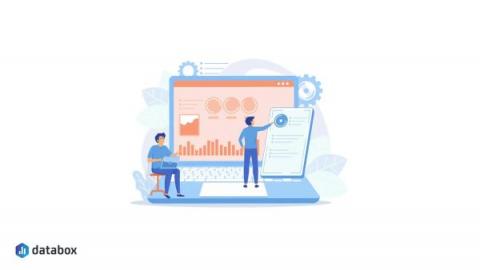Best Practices for Your Project Reporting Toolbox
The complexity and variability of project-based businesses represent distinct challenges for finance and accounting teams. Costing, procurement, subcontractor management, and labor combine to create a level of intricacy that businesses in other sectors don’t have to contend with. How do you navigate the complexity of your project-based financial reporting?










